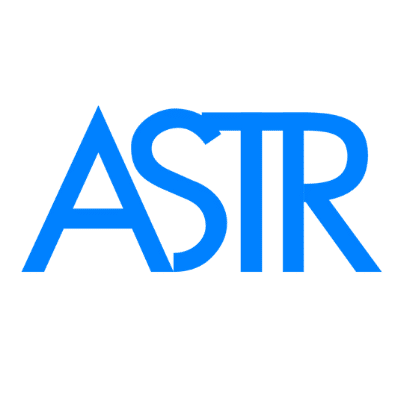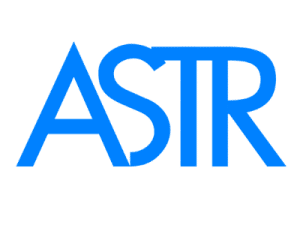Trigger Points Explained: Why They Cause Pain and How to Treat Them
Trigger Points Explained: Why They Cause Pain and How to Treat Them
Search terms: trigger points, muscle knots, trigger point release
Trigger points—commonly known as “muscle knots”—are one of the most misunderstood causes of chronic pain, tension, and restricted movement. Although they’re extremely common, many people live with trigger points for years without knowing what’s causing their symptoms. Understanding how these small, hyperirritable spots work is the first step toward lasting relief.
What Are Trigger Points?
Trigger points are small, tight areas within muscle tissue that become excessively sensitive and painful. They often feel like hard nodules or lumps and can form when muscle fibers contract and fail to relax properly. These spots not only hurt when pressed but can refer pain to other parts of the body, making diagnosis difficult.
There are two main types:
-
Active trigger points: Cause spontaneous pain even at rest and radiate pain to other areas.
-
Latent trigger points: Do not cause pain unless pressed but can limit movement and flexibility.
What Causes Trigger Points?
Trigger points develop for a variety of reasons, including:
-
Muscle overuse or repetitive strain
-
Poor posture or body mechanics
-
Injury or direct trauma to a muscle
-
Chronic inflammation or stress
-
Vitamin or mineral deficiencies
-
Fascial restrictions limiting blood flow and oxygen
Studies have shown that chronic muscle contraction and microtrauma reduce local blood flow, resulting in low oxygen and increased metabolic waste—which sensitizes nearby nerves and leads to trigger point formation (Simons et al., 1999).
How Do Trigger Points Cause Pain?
Trigger points disrupt the normal function of muscles and nerves. When irritated, they:
-
Compress nearby nerves
-
Reduce oxygen delivery and blood circulation
-
Shorten muscle fibers and restrict joint motion
-
Send referred pain signals to other parts of the body
For example, a trigger point in the upper trapezius can cause tension headaches, while one in the gluteus medius might lead to sciatic-like leg pain—even though the source isn’t the back or nerve root.
Common Symptoms of Trigger Points
You may have trigger points if you experience:
-
Persistent muscle tightness or stiffness
-
Deep, aching pain that doesn’t go away with stretching
-
Pain that radiates or travels from one area to another
-
Muscle weakness without obvious injury
-
Poor posture or restricted range of motion
Trigger points are commonly found in the neck, shoulders, jaw, lower back, glutes, and calves—areas under constant strain in daily life.
How to Release Trigger Points Naturally
Effective trigger point release requires a combination of techniques that improve circulation, relax muscle fibers, and reduce inflammation:
1. Manual Trigger Point Therapy
A trained therapist applies sustained pressure to deactivate the trigger point. This stimulates blood flow and signals the nervous system to release tension.
2. Instrument-Assisted Release
Tools like those from the ASTR® Myofascial Release Tool Set allow more precise and effective pressure on trigger points—breaking down fascial restrictions and speeding up healing.
3. Postural Correction and Movement Therapy
Trigger points often form in response to poor movement patterns. Postural retraining helps prevent recurrence.
4. Anti-Inflammatory Nutrition
Inflammation impairs muscle recovery. The ASTR Diet is designed to support tissue healing from the inside out.
5. Hydration and Mineral Support
Dehydrated fascia and muscle tissues are more prone to trigger points. Magnesium, potassium, and proper hydration are essential for prevention.
Best Tools for At-Home Trigger Point Release
Home tools can be effective if used with proper guidance. The ASTR tools are professionally designed to treat trigger points and break up myofascial adhesions safely. These patented instruments:
-
Deliver controlled pressure to affected areas
-
Help release tight muscle fibers
-
Improve blood flow and lymphatic drainage
-
Reduce inflammation and pain naturally
👉 Shop Trigger Point Release Tools: ASTR Tool Set
When to Seek Professional Help
If self-treatment doesn’t resolve your pain or if the pain is worsening or widespread, it’s best to consult with a healthcare provider trained in soft tissue therapy. Trigger points often co-exist with conditions like myofascial pain syndrome, fibromyalgia, and nerve compression—so comprehensive evaluation is key.
Final Thoughts
Trigger points may be small, but their effects on your body can be far-reaching. Whether you suffer from unexplained pain, muscle tightness, or recurring injuries, identifying and releasing trigger points can restore your body’s function and dramatically improve your quality of life.
References
-
Simons, D. G., Travell, J. G., & Simons, L. S. (1999). Travell & Simons’ Myofascial Pain and Dysfunction: The Trigger Point Manual. Williams & Wilkins.
-
Fernández-de-Las-Peñas, C., Dommerholt, J. (2018). Myofascial trigger points: Peripheral or central phenomenon? Current Pain and Headache Reports, 22(5), 14.
-
Gerwin, R. D. (2001). Classification, epidemiology, and natural history of myofascial pain syndrome. Current Pain and Headache Reports, 5(5), 412–420.

